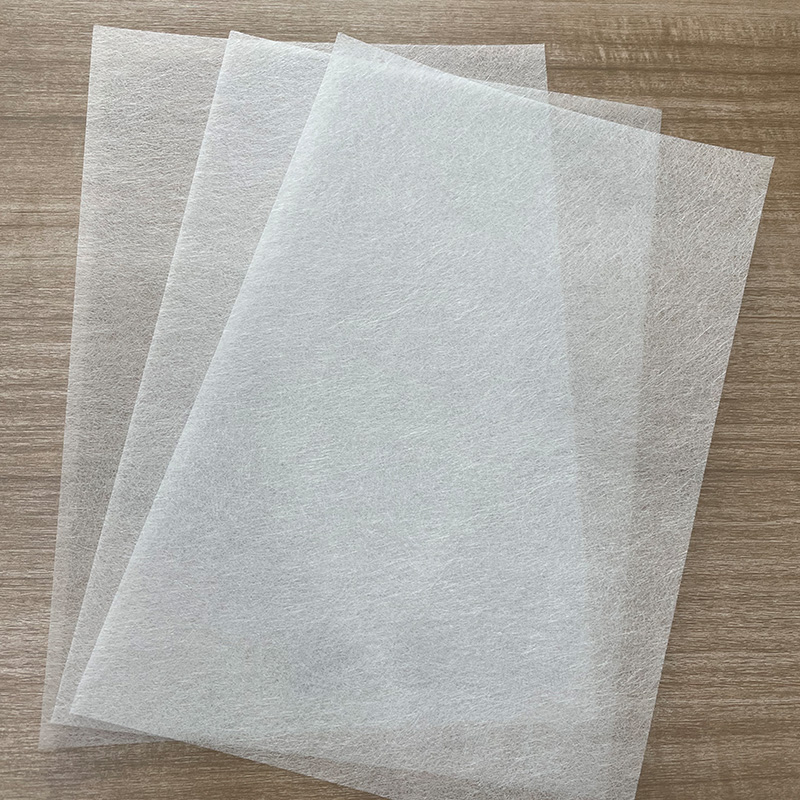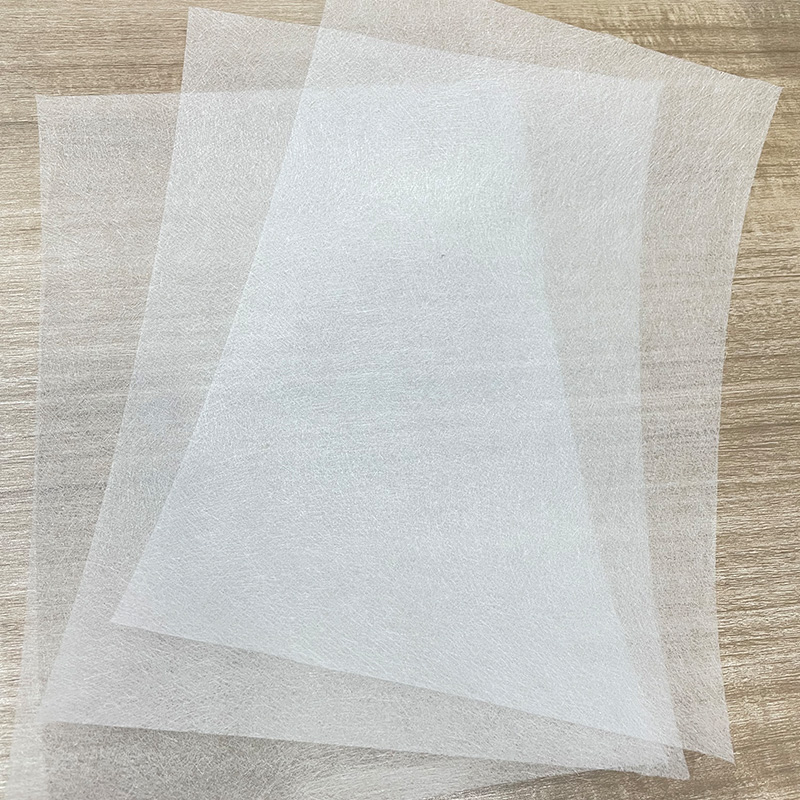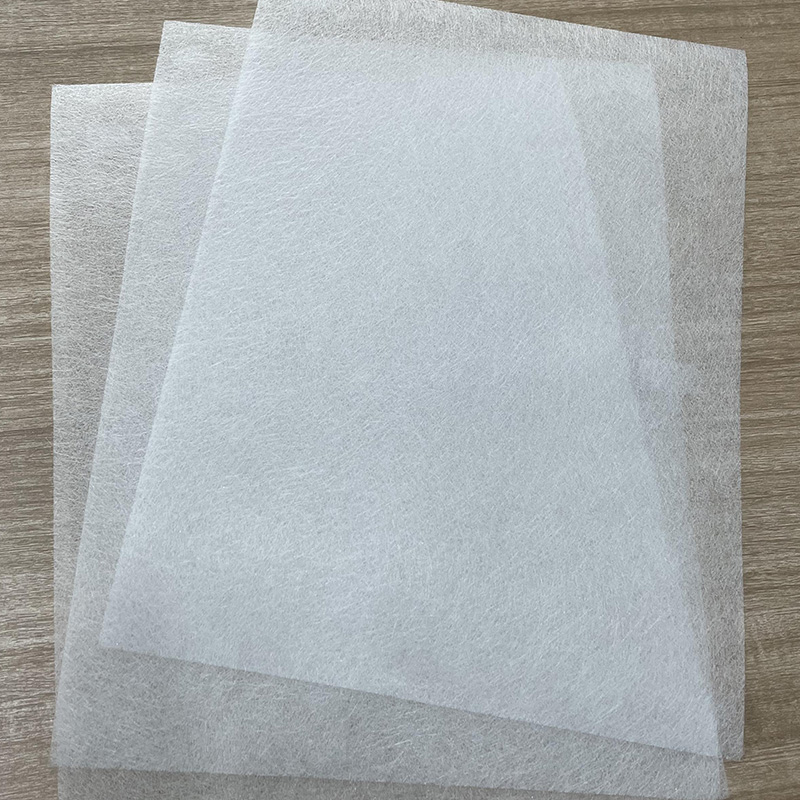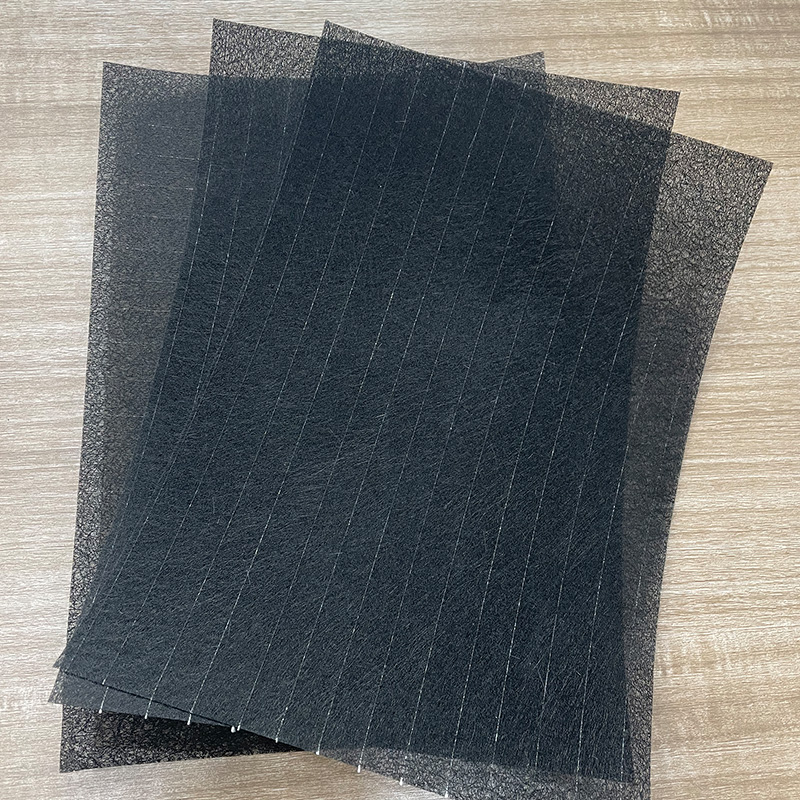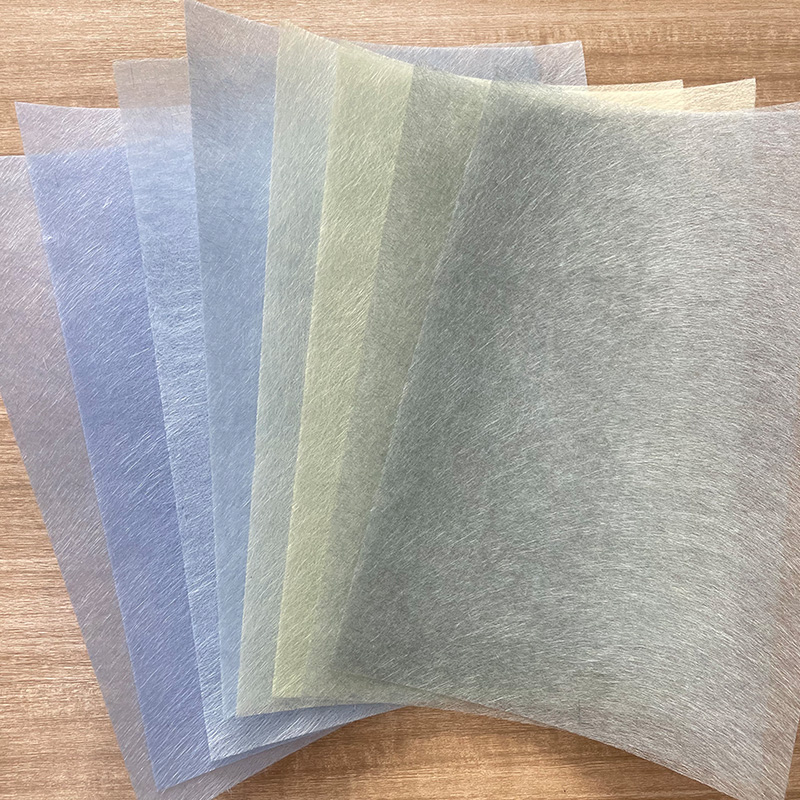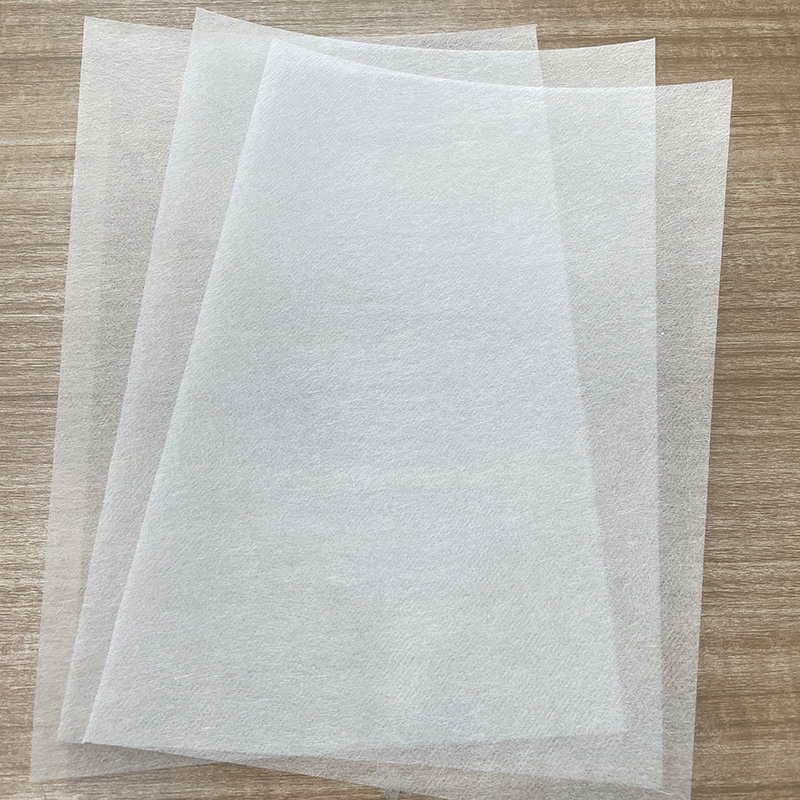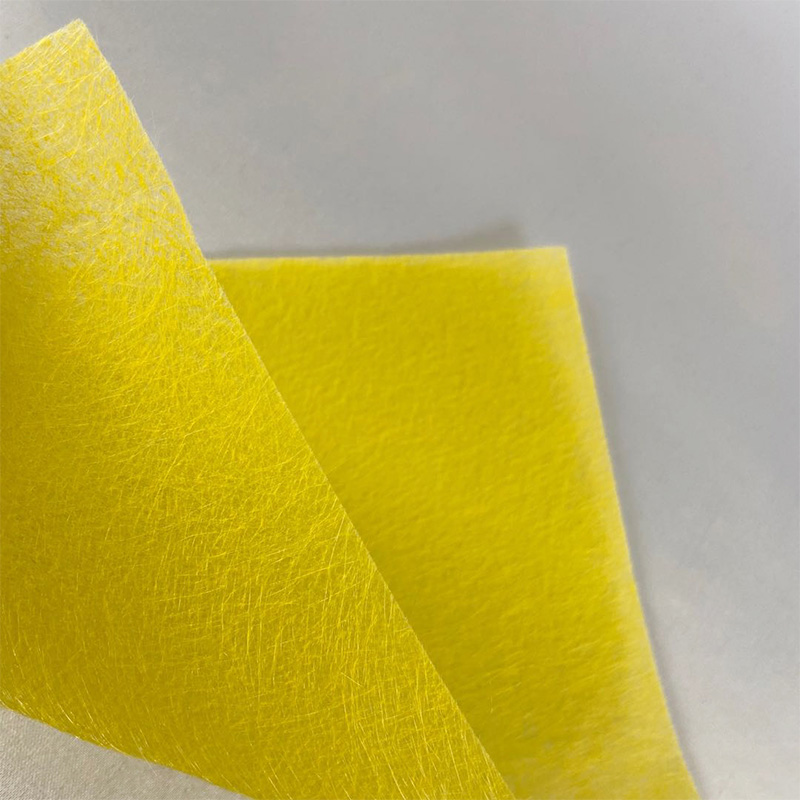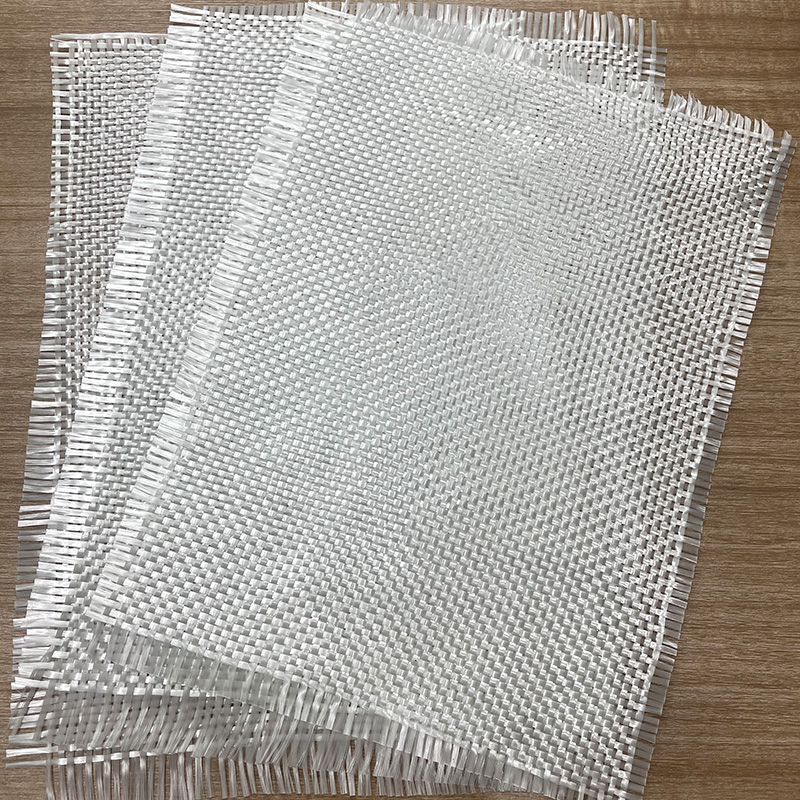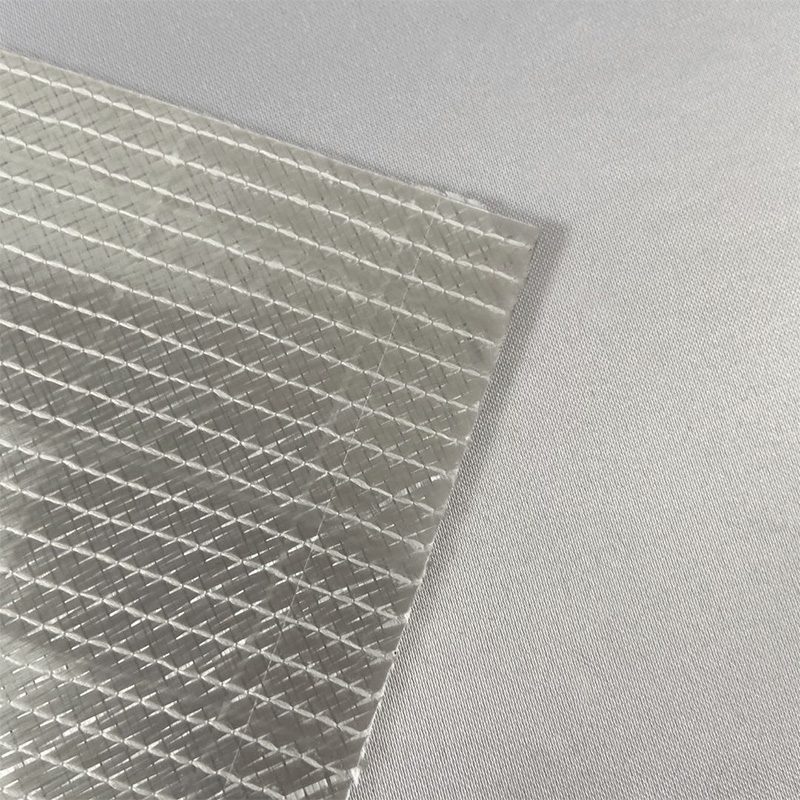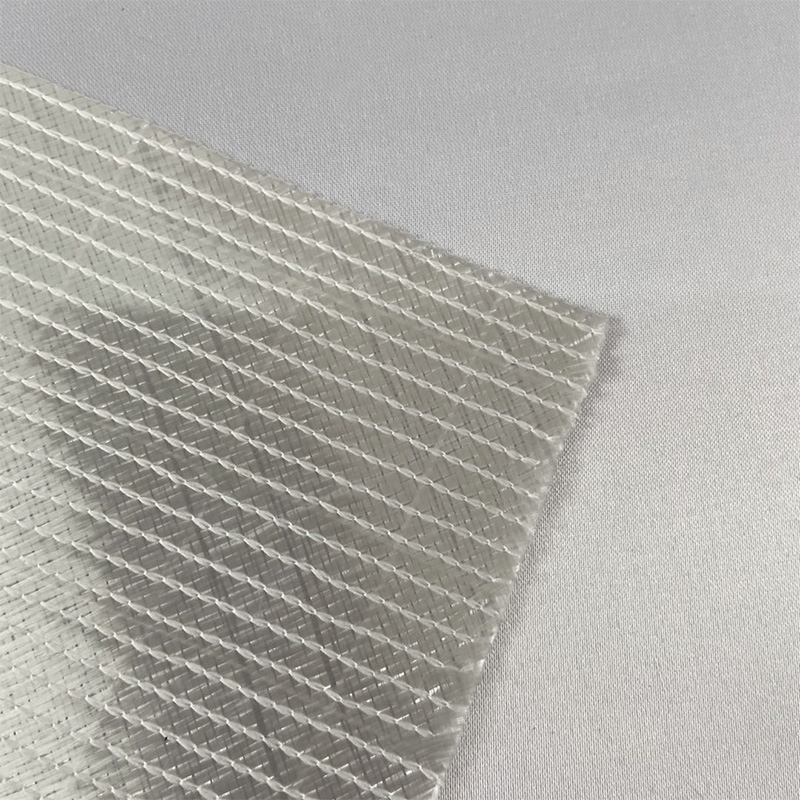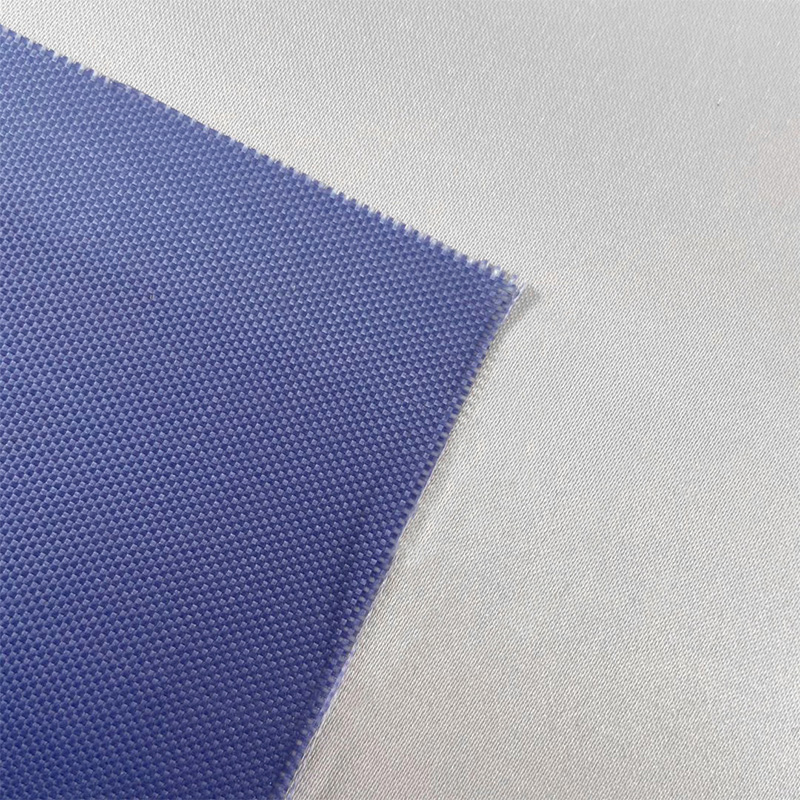1. Basic principles and importance of curing treatment
Curing treatment is the process of placing the woven composite felt into a curing furnace for heating. During this process, the resin or adhesive between the fibers will react chemically to form a stable chemical bond. This chemical bond not only enhances the bonding force between the fibers, but also makes the composite felt as a whole present higher strength and hardness. At the same time, curing treatment can also improve the weather resistance and corrosion resistance of the composite felt, so that it can maintain stable performance during long-term use.
The reason why curing treatment is important is that it is directly related to the final performance of the composite felt. If the curing treatment is not done properly, defects such as bubbles and cracks may occur inside the composite felt, thereby affecting its mechanical properties and durability. In addition, curing treatment can also affect the surface quality and appearance of the composite felt, thereby affecting the overall performance of the wind turbine blade. Therefore, optimizing the curing treatment process is of great significance to improving the performance of fine-woven composite felt.
2. Optimization strategy of curing treatment process
In order to improve the performance of fine-woven composite felt, it is necessary to optimize the curing treatment process. Here are some common optimization strategies:
Choose the right curing temperature and time
Curing temperature and time are key factors affecting the curing effect. Too high a temperature or too long a time may cause the resin or adhesive to overcure, making the composite felt brittle and hard, affecting its toughness and impact resistance. Too low a temperature or too short a time may lead to incomplete curing, resulting in uncured resin or adhesive inside the composite felt, thus affecting its strength and durability. Therefore, it is necessary to select the right curing temperature and time according to the type and performance of the resin or adhesive, as well as the specific requirements of the composite felt.
Control the temperature and humidity in the curing oven
The temperature and humidity in the curing oven also have an important influence on the curing effect. Excessive humidity may cause the resin or adhesive to absorb moisture, thus affecting its curing effect and performance. Therefore, during the curing process, the temperature and humidity in the curing oven need to be strictly controlled to ensure that they fluctuate within an appropriate range.
Use advanced curing equipment and technology
With the continuous development of science and technology, more and more advanced curing equipment and technologies are being used in the manufacture of composite materials. These equipment and technologies can not only improve the efficiency and accuracy of the curing process, but also improve the performance of the composite felt. For example, vacuum-assisted curing technology can effectively remove bubbles and excess resin inside the composite felt, and improve the density and strength of the composite felt. Therefore, in the curing process, advanced curing equipment and technology should be actively used to improve the performance of the composite felt.
Pretreatment of composite felt
Before curing, pretreatment of the composite felt is also an effective way to improve performance. For example, the composite felt can be heated to soften the resin or adhesive inside it, which is conducive to the chemical reaction in the subsequent curing process. In addition, the composite felt can also be surface treated, such as spraying a release agent, to improve its surface quality and bonding performance with the mold.
3. Effect of curing treatment on the performance of fine-woven composite felt
Curing treatment has a significant effect on the performance of fine-woven composite felt. Here are some of the main aspects:
Strength and hardness improvement
Curing treatment enhances the bonding force between fibers by forming stable chemical bonds, so that the composite felt as a whole presents higher strength and hardness. This enables wind turbine blades to withstand greater wind pressure and torque, improving the power generation efficiency and operating stability of wind turbine equipment.
Improved weather resistance and corrosion resistance
Curing treatment can also improve the weather resistance and corrosion resistance of composite felt. By optimizing the curing process, the defects and stress concentration inside the composite felt can be reduced, thereby improving its ability to resist environmental erosion. This allows wind turbine blades to operate normally under harsh climatic conditions and extend their service life.
Improved surface quality and appearance
Curing treatment also has an important impact on the surface quality and appearance of composite felt. By optimizing the curing process, the defects and unevenness on the surface of the composite felt can be reduced, and its smoothness and aesthetics can be improved. This improves the overall performance of wind turbine blades and also improves the market competitiveness of products.
Improved process stability and controllability
Optimizing the curing process can also improve the stability and controllability of the process. By precisely controlling factors such as curing temperature, time and environment, it can be ensured that the performance of each batch of composite felt is consistent. This makes the manufacturing process of wind turbine blades more stable and controllable, which is conducive to improving product quality and production efficiency.

 English
English 中文简体
中文简体 русский
русский Español
Español